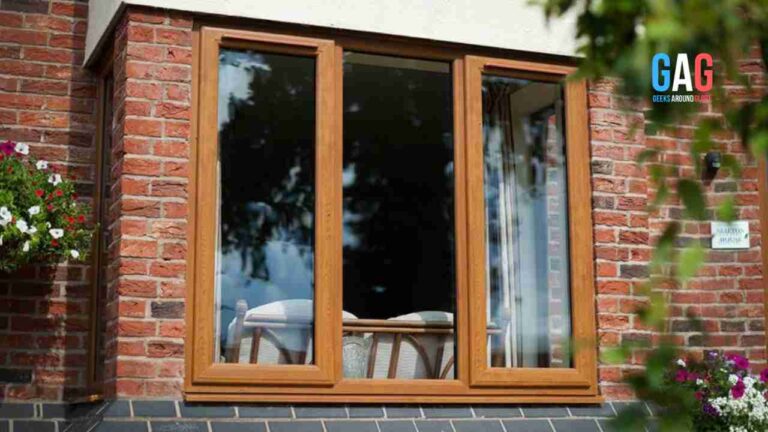A solar-powered system can get installed on a house in as little as one day, but it still takes time for the system to connect to the grid. After all, you have to connect to the grid before you start generating power!
What takes place during solar interconnection, and why is the ever-evolving solar industry still plagued by delays caused by this cumbersome utility process?
In order to understand more about the interconnection agreement and what can happen to make the procedure better, just keep reading this article.
What Is Solar Interconnection?
In order to determine any possible effects a solar project may have on the grid, utilities must first approve the project through the interconnection procedure.
The utility then determines the improvements needed for the grid or the project. This is to offset the consequences if it determines there will be any. The utility then decides who is in charge of paying the bill.
Some utilities have a reputation for turning down applications, demanding revisions to solar projects, or ordering expensive extra studies that prolong the waiting period.
The Interconnection Process
The utility often investigates any potential effects of the project before approving a permit. This is to ensure that system improvements may be made beforehand.
Small home projects rarely have an influence on the grid. This is why some more solar-friendly jurisdictions allow them to be erected before they get an interconnection agreement.
There are some circumstances when the utility will send a representative to the site to conduct a physical evaluation (also known as witness testing) after the interconnection agreement is obtained and the project is installed to make sure it was built as planned and is functioning properly.
Frequently, the utility physically installs the particular meter that monitors the system’s energy usage and the net-metering advantages a homeowner will experience at that stage of the procedure. Since this installation process requires physical effort and a truck roll, delays may occur.
Instead, some utilities request that contractors provide pictures of the job as proof. The owner may turn on the system to start producing their own power and earning net-metering credits.
The Benefits of Solar Panels
Installing a solar energy system in your house or place of business has several advantages. The following is our list of the most significant benefits of solar energy to remember:
- Solar lowers/eliminates the cost of electricity
- Solar increases the value of your home
- Solar lowers carbon emissions
- Solar guards against inflating energy prices
- You will receive a return on investment over time
- Solar is a clean, flexible energy source
- Power may be resold to the grid
As you can see, there are many benefits to solar panels. To learn about one of the top solar panel installers, read this article!
Be Aware of the Interconnection Agreement Involved With Solar Installation
Solar interconnection and the interconnection agreement take time. At least now you’re aware of what it is and why the process is sometimes lengthy.
Did you learn something new from the information in this article? If you did, be sure to check out the rest of our posts about all things home.







